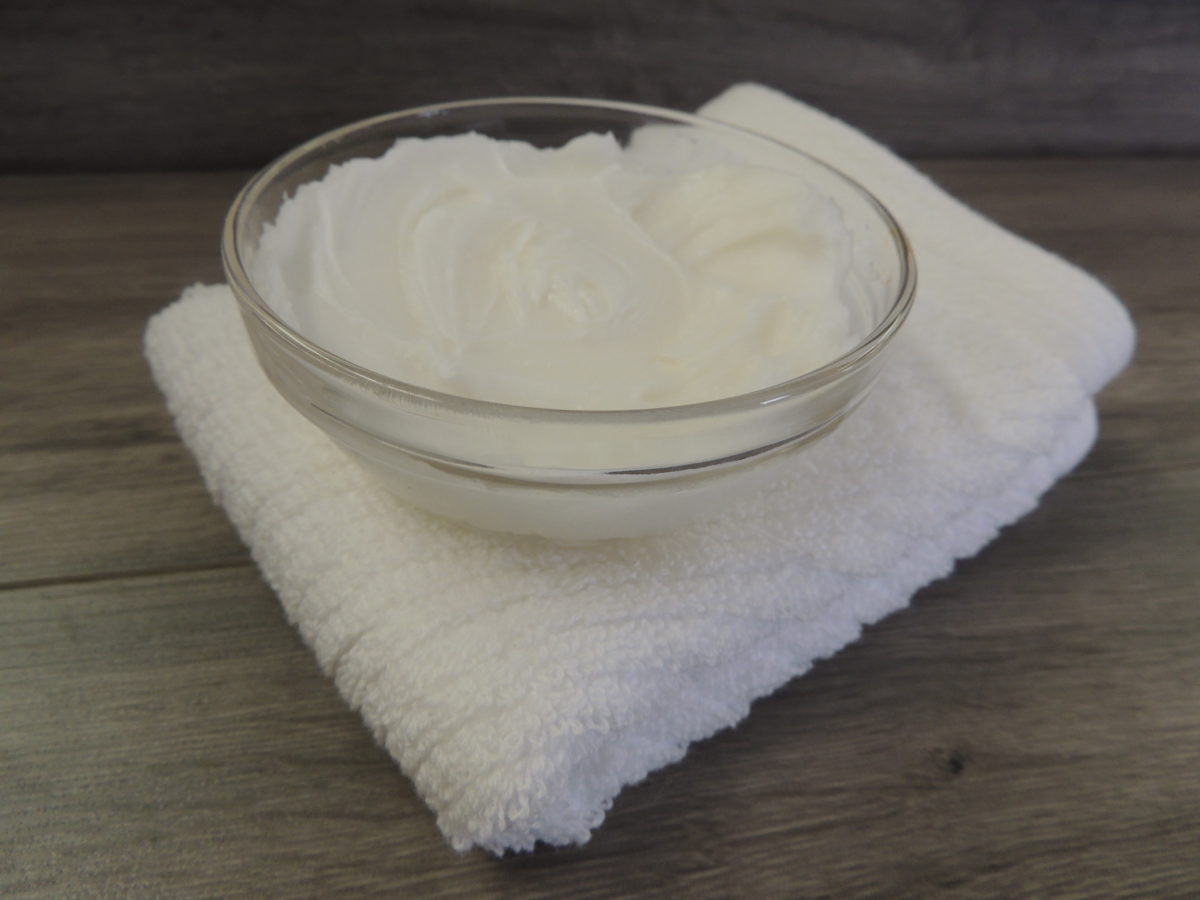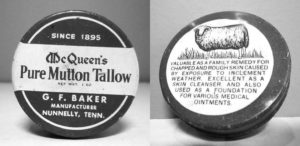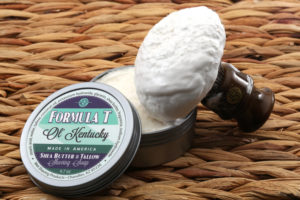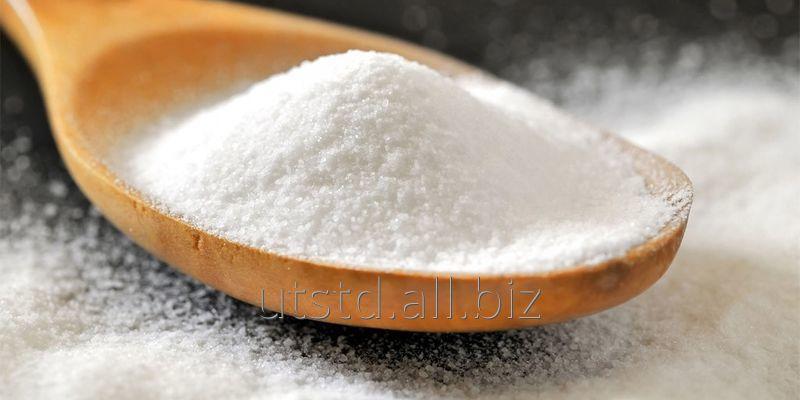28 Survival Uses For Tallow
28 Essential Survival Uses For Tallow (That Most Preppers Overlook)
As a survival expert who’s spent decades preparing for the unexpected, I’ve learned that the most valuable resources are often the most overlooked. Tallow—rendered animal fat—might make your stomach turn, but it’s one of the most versatile survival assets you can stockpile. While I’ve relied on this substance countless times for everything from emergency cooking to impromptu medicine, I understand why modern preppers might hesitate to add it to their supplies.
Unlike commercial products with limited applications, tallow serves dozens of critical functions that could prove life-saving when conventional options disappear. Despite my grandmother’s kitchen smelling less than pleasant during rendering sessions, the multi-purpose potential of this traditional resource makes it worth enduring. I typically maintain 1-2 kilograms of pork tallow in my emergency supplies for situations when modern alternatives become unavailable.
Let me share 28 practical applications for tallow that could make the difference between thriving and merely surviving when disaster strikes.
1. Superior Cooking Medium
Despite its appearance, tallow offers exceptional cooking properties that outperform vegetable oils in high-temperature applications. The higher smoke point makes it ideal for deep frying, while its flavor-enhancing qualities elevate simple dishes like bacon, goulash, and fish. Many traditional preservation techniques incorporate tallow as a protective sealing layer when canning meat—creating an oxygen barrier that extends shelf life considerably in grid-down scenarios.
2. Enhanced Edge Retention
Traditional blacksmiths understood what modern preppers often forget—applying a microscopic layer of tallow to freshly sharpened blades significantly extends edge retention. This historical practice creates a protective barrier that prevents microscopic corrosion while providing slight lubrication during cutting tasks. For survival situations where maintaining tool functionality becomes paramount, this simple technique dramatically improves the performance longevity of essential cutting implements.
3. Firearms Maintenance
Before commercial gun lubricants existed, military forces worldwide relied on tallow to maintain weapons functionality under adverse conditions. The historical significance of tallow in firearms maintenance extends to the 1857 Indian Rebellion, where British-issued Lee Enfield rifles featured tallow-coated cartridges—a cultural affront that contributed to the uprising. For modern preppers, tallow provides an accessible backup option when commercial lubricants become unavailable during extended emergencies.
4. Antimicrobial Protection
Tallow contains natural antimicrobial compounds that make it valuable for treating minor infections. Historical medical applications included remedies for candida overgrowth, yeast infections, and wound protection—properties verified by modern research confirming certain fatty acids possess inherent antimicrobial capabilities. When commercial antibiotics become inaccessible, these traditional applications provide alternative intervention options for addressing common bacterial challenges.
5. Emergency Soldering Flux
In situations requiring electrical or mechanical repairs without commercial supplies, tallow functions as an effective flux substitute for soldering operations. Simply dipping a heated soldering tip into tallow creates sufficient surface preparation for making electrical connections or minor metal repairs. This application proves especially valuable for maintaining communication equipment, solar systems, or other critical electronics during extended grid-down scenarios.
6. Protective Skincare
The molecular structure of tallow closely resembles human sebum, making it exceptionally compatible with skin biology. This similarity explains its historical use as a protective barrier against environmental damage, particularly in extreme weather conditions. Though lacking the pleasant fragrance of commercial products, tallow provides superior moisture retention, healing support, and barrier protection—making it invaluable for maintaining skin integrity during extended outdoor operations or harsh environmental exposure.
7. Natural Deodorant Base
Commercial deodorants become luxury items during extended emergencies. A simple mixture of tallow with baking soda creates an effective odor-control solution that addresses bacterial growth while maintaining skin health. For those concerned about the natural scent, adding a few drops of essential oil (pine, cedar, or citrus) effectively masks the base aroma while adding complementary antimicrobial properties. Applied thinly post-shower, this mixture provides day-long protection without commercial alternatives.
8. Diaper Rash Prevention
Families with infants face special challenges during emergencies when commercial care products become unavailable. Tallow provides an effective barrier protection for preventing and treating diaper rash through its moisture-repelling properties and skin-compatible fatty acid profile. The antimicrobial components also help manage the bacterial environment that contributes to irritation, making it a multi-functional solution for infant care during resource-constrained situations.
9. Animal Nutrition Supplement
Maintaining livestock condition becomes challenging during feed shortages or economic disruptions. Adding tallow to animal feed significantly increases caloric density while providing essential fatty acids that support immune function and coat condition. This application proves particularly valuable for working animals that require sustained energy for farm operations or transportation when commercial feed becomes limited or unavailable.
10. Cognitive Function Support
Sleep disruption commonly accompanies stressful situations, yet mental clarity remains essential during emergencies. Research suggests that adequate fat consumption—particularly from animal sources containing specific fatty acids—supports neurotransmitter production necessary for restorative sleep cycles. A tablespoon of tallow daily provides these essential neurological building blocks, potentially improving sleep quality when normal patterns become disrupted by emergency conditions or high-stress environments.
11. Insect Sting Treatment
Wilderness emergencies often involve encounters with stinging insects, particularly during warm-weather operations. Applying tallow directly to sting sites creates a sealed environment that draws venom components from the tissue while reducing exposure to air that intensifies pain sensation. This simple intervention can significantly reduce discomfort and inflammation from bee, wasp, and hornet encounters when pharmaceutical options remain unavailable.
12. Hemorrhoid Relief
Medical conditions don’t pause during emergencies, and hemorrhoids represent a painful distraction from critical survival tasks. Tallow’s antimicrobial properties combined with its skin-compatible structure make it an effective substitute for commercial preparations. The application creates a protective barrier that reduces irritation while supporting tissue healing—addressing an uncomfortable condition that could otherwise compromise operational effectiveness during physically demanding situations.
13. Lice Management
Parasitic infestations become more common during disasters when normal hygiene routines face disruption. Historical remedies combining apple cider vinegar with tallow effectively address head lice by creating an environment hostile to the parasites while dissolving their attachment capabilities. In community shelter situations or extended emergencies where conventional treatments become unavailable, this traditional approach provides an accessible intervention for preventing infestations from spreading through close-quarter populations.
14. Cardiovascular Support
Contrary to outdated nutritional perspectives, research increasingly suggests that natural animal fats play important roles in vascular health. The specific fatty acid profile in properly sourced tallow contains anti-inflammatory components and antioxidant properties that support cardiovascular function. These protective effects may help prevent conditions ranging from peripheral vascular issues to certain neurological disorders during extended emergencies when conventional medical support becomes unavailable.
15. Fastener Lubrication
Construction and repair operations often involve driving fasteners into seasoned wood or other resistant materials. Applying tallow to screw threads or nail shafts dramatically reduces insertion resistance while decreasing splitting potential—extending both tool life and material efficiency. Additionally, a mixture of equal parts tallow and apple cider vinegar creates an effective rust removal solution for revitalizing corroded fasteners when replacement options remain unavailable during rebuilding operations.
16. Mechanical Lubrication
When commercial lubricants become unavailable, tallow provides an effective alternative for maintaining critical mechanical systems. The application extends to hinges, locks, chains, and other friction points that require ongoing protection to prevent premature wear or failure. Unlike petroleum products that eventually evaporate, tallow creates a more persistent protective layer that maintains effectiveness through extended operational periods without requiring frequent reapplication.
17. Grooming Applications
Maintaining professional appearance might seem secondary during emergencies, but psychological resilience often connects to personal grooming standards. Historically, tallow served as the base ingredient for mustache wax and hair styling products before commercial alternatives emerged. During extended scenarios without commercial options, this traditional approach allows maintaining normal grooming routines that support psychological well-being while preserving social structures during community response operations.
18. Shaving Assistance
Maintaining hygiene during emergencies remains important for both health and psychological reasons. Tallow functions effectively as a shaving lubricant when commercial preparations become unavailable, providing necessary skin protection while softening hair for easier cutting. The application proves particularly valuable during travel or evacuation scenarios when normal routines face disruption but maintaining basic grooming standards remains important for operational effectiveness or professional interactions.
19. Maternal Support
Nutritional demands increase significantly during pregnancy and nursing periods—situations that don’t pause for emergencies. Research indicates that specific fatty acids in tallow support enhanced nutrient density in breast milk while potentially reducing allergic tendencies in infants. Additionally, the skin-compatible nature of tallow makes it effective for addressing pregnancy-related skin changes, including stretch marks and tissue regeneration needs during the postpartum recovery period.
20. Emergency Illumination
Extended power outages transform simple conveniences like lighting into critical resources. Tallow’s high energy density and relatively stable burning characteristics make it an excellent candle material when commercial alternatives become unavailable. Simple designs using cordage wicks can provide 6+ hours of functional illumination per unit—sufficient for essential evening operations while conserving more advanced lighting resources for critical activities requiring higher illumination levels.
21. Soap Production
Hygiene maintenance significantly impacts health outcomes during extended emergencies. Traditional soap production using tallow as the fat component creates effective cleaning products when combined with lye or wood ash lye. The resulting soap provides both practical cleanliness benefits and the psychological comfort of maintaining normal hygiene routines—contributing to overall community health while preventing hygiene-related disease transmission in shared shelter environments.
22. Leather Maintenance
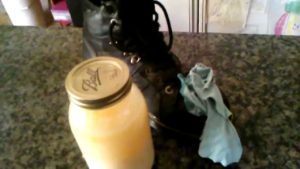
Functional equipment often incorporates leather components that require ongoing protection to maintain operational effectiveness. Tallow penetrates leather fibers to restore flexibility while creating a water-resistant barrier that extends service life in adverse conditions. Regular application to boots, belts, holsters, and other functional leather goods significantly improves durability while preventing damage that could compromise critical equipment during extended use without replacement options.
23. Baking Applications
Traditional baking methods often incorporated tallow before commercial shortening products dominated modern recipes. The distinctive flavor profile and superior structural properties create exceptional results in pastries and pie crusts—adding both caloric density and distinctive taste characteristics. During extended emergencies when maintaining food variety becomes important for psychological well-being, these traditional applications provide welcome diversity to otherwise monotonous emergency meal rotations.
24. Biodiesel Component
Long-term scenarios might require alternative fuel production for essential transportation or power generation. Tallow serves as an effective component in biodiesel formulation, providing energy-dense input material that converts effectively to usable fuel. The resulting product offers similar performance characteristics to petroleum diesel while utilizing renewable resource inputs—creating sustainable energy options when conventional fuel supplies become unavailable during extended infrastructure disruptions.
25. Allergy Barrier
Seasonal allergies can create distracting discomfort during critical operational periods. Applying a thin layer of tallow inside the nasal passages creates a physical filtration barrier that captures pollen, dust, and other particulates before they trigger immune responses. This simple intervention effectively reduces symptom severity without requiring pharmaceutical interventions that might become unavailable or cause unwanted side effects during emergency situations requiring full alertness.
26. Hair and Nail Strengthening
Extended nutritional challenges during emergencies often manifest as visible changes to hair and nail quality. Topical tallow application provides concentrated nutrient delivery directly to these structures, supporting protein integrity through essential fatty acids and fat-soluble vitamins naturally present in properly rendered animal fat. Regular application after bathing maximizes absorption effectiveness, helping maintain normal appearance and structural integrity despite dietary limitations during extended emergency scenarios.
27. Nutritional Enhancement
The nutritional profile of tallow includes fat-soluble vitamins and specific fatty acids increasingly recognized for their health benefits. Using tallow as a cooking medium for appropriate foods enhances flavor while improving nutritional density—particularly important during stress periods when metabolic demands increase. The concentrated energy content also provides sustained caloric value during high-exertion activities common in emergency response or evacuation scenarios when maintaining physical performance becomes operationally critical.
28. Plant Irritant Treatment
Wilderness operations frequently involve contact with irritant plants like poison ivy, oak, or sumac. Tallow application to affected areas creates a barrier that prevents urushiol (the irritating oil) from continuing to interact with skin tissues while potentially drawing existing compounds away from the dermis. This intervention reduces symptom development and severity when conventional treatments remain unavailable—allowing continued operational effectiveness despite accidental exposure during outdoor activities.
While modern preppers often focus on commercially produced supplies, traditional resources like tallow offer exceptional versatility that might prove invaluable when conventional options disappear. The applications outlined represent generations of practical knowledge refined through necessity—providing proven solutions that remain effective regardless of infrastructure availability or supply chain functionality.
What’s your experience with tallow in preparedness applications? Have you incorporated this traditional resource into your emergency planning? Share your insights in the comments below.
Other Self-sufficiency and Preparedness solutions recommended for you:
The Lost Ways (The vital self-sufficiency lessons our great grand-fathers left us)
Survival MD (Knowledge to survive any medical crisis situation)
Backyard Liberty (Liberal’s hidden agenda: more than just your guns…)
Alive After the Fall (Build yourself the only unlimited water source you’ll ever need)
The Lost ways II (4 Important Forgotten Skills used by our Ancestors that can help you in any crisis)
The Patriot Privacy Kit (Secure your privacy in just 10 simple steps)
What if I told you there's a single substance sitting in most kitchens that could replace over two dozen commercial products when the grid goes down? I recently discovered something our

